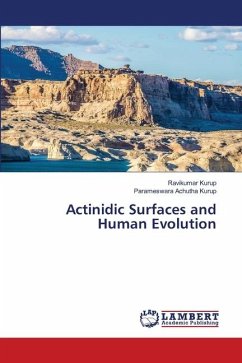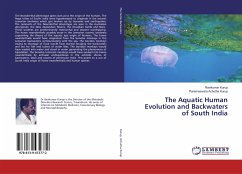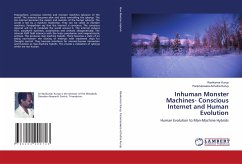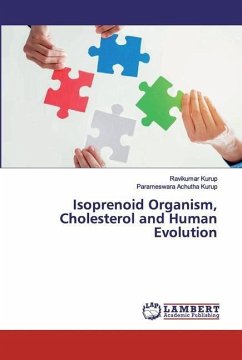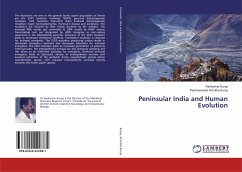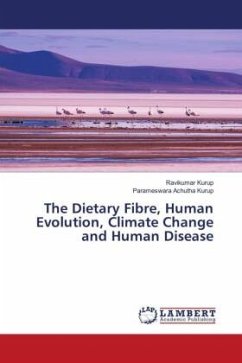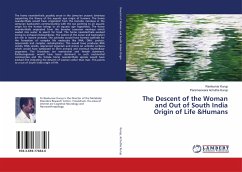The metal actinide surfaces would by surface metabolism generate acetate which could get converted to acetyl CoA and then to cholesterol which functions as the primal prebiotic molecule self-organizing into self-replicating supramolecular systems, the lipid organism. Cholesterol by radiolysis by actinides would have formed PAH generating PAH aromatic organism. Cholesterol radiolysis would generate pyruvate which would get converted to amino acids, sugars, nucleotides, porphyrins, fatty acids and TCA acids. Anastase and rutile surfaces can produce polymerization of amino acids, isoprenyl residues, PAH and nucleotides to generate the initial lipid organism, PAH organism, prions and RNA viroids which would have symbiosed to generate the archaeal protocell. The archaea evolved into gram negative and gram positive bacteria with a mevalonate pathway which had an evolutionary advantage and the symbiosis of archaea with gram negative organism generated the eukaryotic cell. The archaea contains supramolecular porphyrions which can get transformed into a primitive electron transport chain with iron-sulphur centres resulting in the evolution of eukaryotic cell.
Bitte wählen Sie Ihr Anliegen aus.
Rechnungen
Retourenschein anfordern
Bestellstatus
Storno

